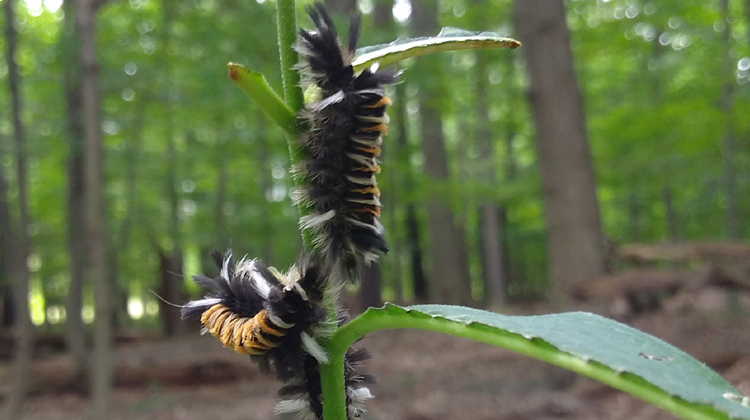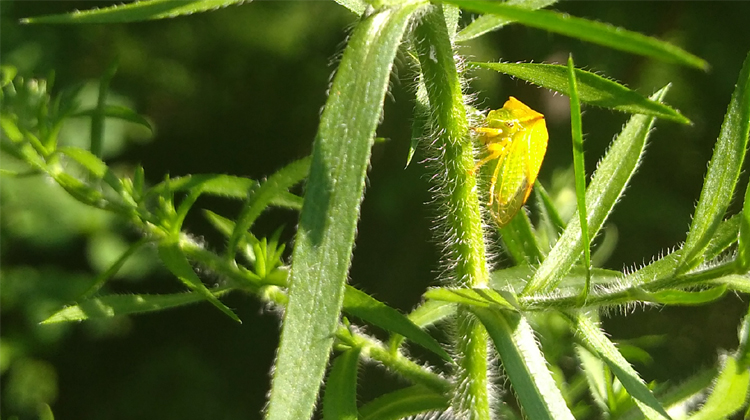Tag Archives: baltimore oriole
Attract Orioles with Oranges
Baltimore Orioles (Icterus galbula) are an average sized songbird with a thick neck and long legs. Males are a brilliant orange and black with a white wingbar. They won’t get their bright colors until their second year. Females color is variable with a brownish to yellowish head and back and yellow tail. They have a long sharp pointed beak like other members of the blackbird family. Each Spring, Baltimore Orioles migrate north from Central America. They usually return to Western NY around the end of April and early May. Baltimore Orioles enjoy ripe fruit, nectar and insects. They also eat many pest species of insects such as tent caterpillars. Some people leave out orange slices or grape jelly to attract them to their backyard during their migration. They are common in open woodlands, forest edges, and along riverbanks. They build a remarkable hanging nest using the fibrous outer bark of plants in the milkweed family, grasses and grapevines. They frequently nest in maple and cottonwood trees. Their nest placement is generally high in a tree. Listen for the Baltimore Orioles Whistling flute-like song.
Created by Mike Adriaansen
Nature Sightings
With summer fading away the cicada’s buzz softens and katydid’s chirps become prominent each evening. Monarch caterpillars are fully grown and will soon form their chrysalis. This year is a bumper crop for beechnuts. These nuts will provide great forage for deer, squirrels, and turkey. Black walnuts have grown almost to the size of baseballs. The abundance of wind storms this year has produced a lot of tree fall on beech tree trail. Openings in the canopy are greening the forest floor beneath. Ruby-throated hummingbirds and Baltimore orioles still visit our feeders, but they will soon head south for winter. Goldenrods and white snakeroot are beginning to show some color. Brightly colored leaf hoppers and tree hoppers can be found on trailside plants if you look closely. The pink fragrant water lilies on lily pond are still as vibrant as ever. Hawthorn fruits are ripening. Leaves in the preserve remain green, but soon ash trees and Virginia creeper will begin to change.
By Michael Adriaansen





